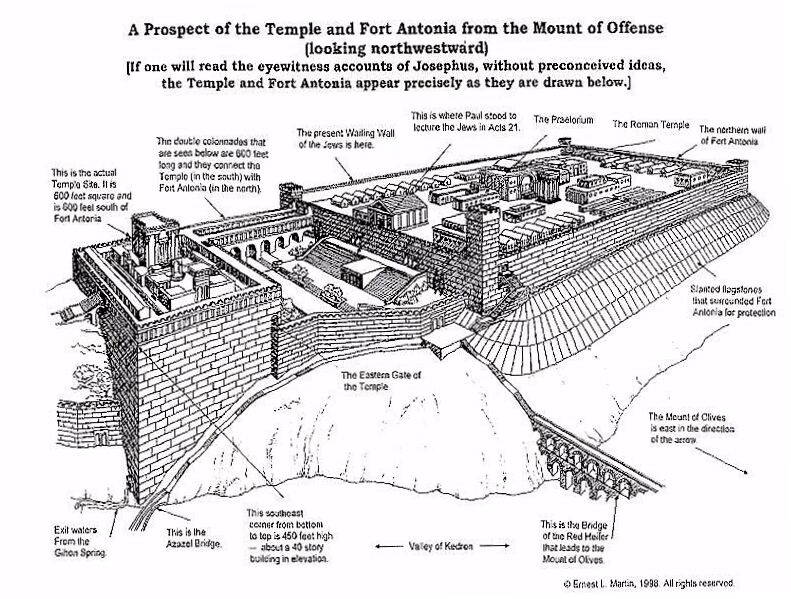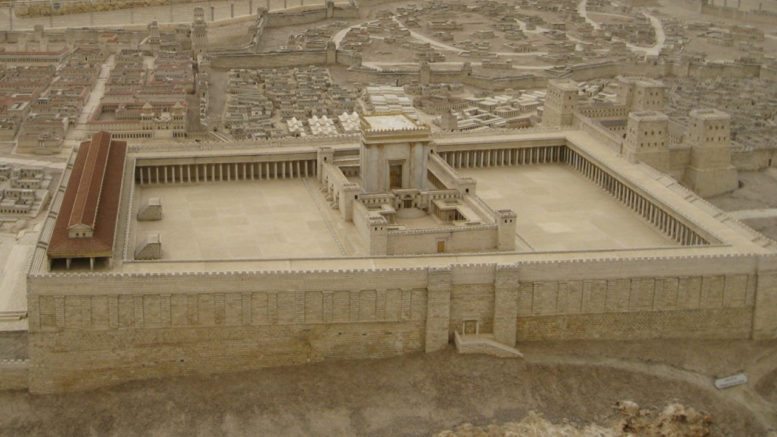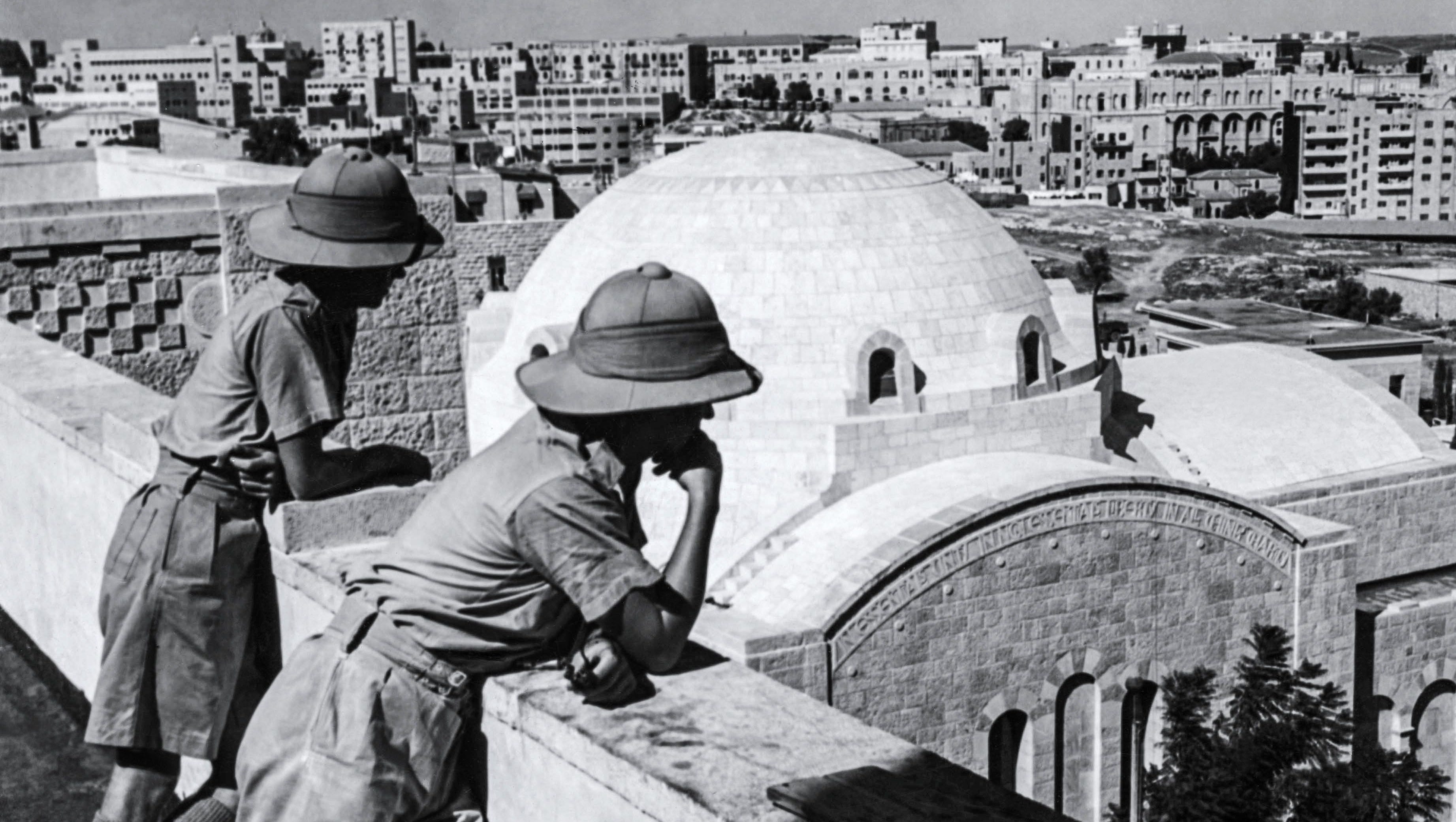

Instead, Jerusalem would have used its own era.Īnyhow - whether coined in Tyre or Jerusalem, in one aspect all are in agreement, namely that Judas most likely received such coins when the priests paid him with 30 pieces of silver for betraying Jesus.Luke states that Joseph and Mary made a pilgrimage to Jerusalem every Passover. The argument is that foreign dating would not have been continued. Other researchers assume, despite the withdrawal of its autonomy, Tyre continued to mint coins. Some explain this change by stating that the coins were made in Jerusalem and the badly-cut stamps were made by over-challenged artisans. The planchets are thicker and the stamp is not as well cut. It has always been clear to numismatists that the later shekels from the city of Tyre are much smaller. Some researchers go even further and state that Herod was able to persuade Augustus not to discontinue the minting of Tyrian coins. Herod the Great, king of Judea, better known today for the fictional infanticide in Bethlehem, was a very able politician who managed to convince Augustus of his loyalty. Or as it says in the Talmud: Silver, whenever it is mentioned in the Torah, is Tyrian silver.īut what would Jewish priests do, when Augustus withdrew the city of Tyre’s autonomy in the year 20 BC? This would have meant the end of Tyre’s minting of silver. However, the Tyrian shekel played a crucial role in the Jewish world. In the Gospels we read how Christ responded: He spilt the changers' coins and overturned their tables: “My house will be called a house of prayer. The currency changers would shout their rates at the tops of their voices to attract customers. They made a good living, as the faithful had to change their domestic currency into Tyrian shekels - for a hefty fee, of course. Ultimately, the temple tax was the reason that so many money changers set up their businesses in the great courtyard around the temple. You can well imagine that this religious-economic efficiency outraged many Jews. That was far more silver than in most other coins. The Jewish prohibition of images faded into the background against the fact that the silver content of Tyrian shekels consistently stood at about 92 %. They did it solely in the shekels of the city of Tyre, on the front of which Baal was depicted. The currency in which they fulfilled this duty was prescribed. There, Jews from around the world paid temple tax, exactly half a shekel per man per year. There stood the great temple of the one God worshipped by the Jews. Converted to our calendar, this coin was minted in 106 BC.Ī lot more could be said about this shekel of Tyre, if the actual story I want to tell you today, was not about something different.įor our story, we have to travel about 150 km to the South, from ancient Tyre to Jerusalem.

These are Greek figures and together they represent the year 31. For Tyre is said to have originated from a wandering rock, which only came to rest when the blood of an eagle was spilt on it.Īt the top left-hand side, we can see two Greek letters, a lambda which due to a minting error looks like an alpha and a kappa. The reverse of the Tyrian shekel also referred to the city's founding.


So the inhabitants of Tyre represented their main god on the obverse of their coins. He was the protector of shipping and the great legislator. Melqart was not only responsible for the founding of Tyre. He was the chief god of the Phoenician city of Tyre. Our Baal was known to his believers as Melqart. And for those of you who have not studied the Old Testament in detail, the Jews subsumed all the local deities under the name of Baal, against whom so many prophets fought vehemently. What did the coins look like Judas was given for betraying Jesus? And why is on the obverse of the money used for Jerusalem’s temple taxes the head of Baal? Here you will find the answers.Ĭome along with us on our journey through the world of money.


 0 kommentar(er)
0 kommentar(er)
